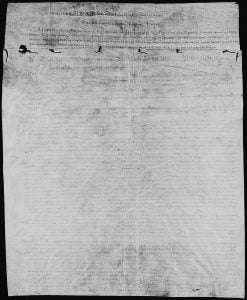Treaty of January 14, 1837
Articles of a treaty made and concluded at Detroit, in the State of Michigan, on the fourteenth day of January, in the year of our Lord eighteen hundred and thirty-seven, between the United States of America by their commissioner, Henry R. Schoolcraft, and the Saganaw tribe of the Chippewa nation, by their chiefs and delegates, assembled in council. Article 1. The said tribe cede to the United States the following tracts of land, lying within the boundaries of Michigan; namely; One tract of eight thousand acres, on the river Au Sable. One tract of two thousand acres, on the Misho-wusk … Read more


